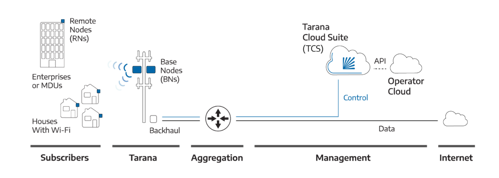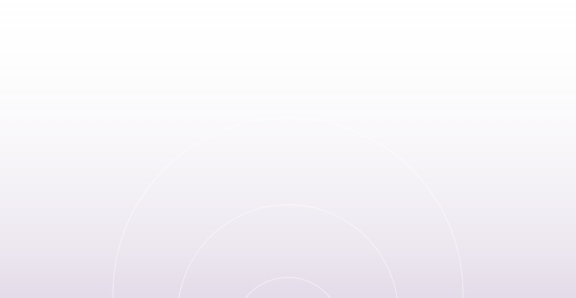Non-Line of Sight (NLOS) Broadband Wireless Solution
Physical obstacles can present significant challenges to broadband wireless communications. Buildings, foliage, terrain features, and other obstructions can block the line of sight (LOS) between the transmitter and receiver, causing signal attenuation, diffraction, and scattering.
In non-line-of-sight (NLOS) environments, signals can reflect off surfaces and arrive at the receiver through multiple paths, causing interference and signal fading. Unfortunately, 90% of communication links beyond 350 meters (1,148 feet) from a tower are obstructed. Effective wireless communication requires a non-line-of-sight broadband wireless solution.
Before we examine the solution, let’s look at the problem. The table below offers a brief comparison between LOS and NLOS in terms of distance, density, interference, frequencies, propagation, signal quality, and other characteristics.

| Comparison of LOS and NLOS Broadband Wireless Characteristics | ||
|---|---|---|
| Characteristic | LOS | NLOS |
| Distance | Longer distance coverage possible | Limited distance due to obstacles |
| Density | Lower density due to longer range | Higher density due to shorter range |
| Link Speed | Faster link speed | Slower link speed |
| Interference | Lower susceptibility to interference | Higher susceptibility to interference |
| Frequencies | Typically uses higher frequencies | Typically uses lower frequencies |
| Signal Quality | Generally higher signal quality | Signal quality may degrade due to obstacles |
| Equipment | Simple equipment, directional antennas | More complex equipment, omnidirectional antennas |
| Throughput | Higher throughput due to less interference | Lower throughput due to signal attenuation |
| Reliability | High | Low |
| Applications | Long-distance point-to-point links, backhaul | Urban wireless networks, last-mile connectivity |
Overcoming NLOS challenges often requires using advanced antenna technologies, signal processing techniques, and careful network planning to mitigate the effects of obstacles and ensure reliable connectivity.
Tarana’s Non-Line-of-Sight Broadband Wireless Solution

The good news is that next-generation fixed wireless access (ngFWA) company Tarana Wireless has a platform that overcomes the negative effects of NLOS links. The G1 platform leverages distributed massive multiple-input, multiple-out (DM-MIMO) at the base node (BN) and the remote node (RN), which means each device has a number of antennas that can be used to find the best link path.
In addition, G1 uses beamforming to direct RF energy along the best path between the BN and the RN. As a result, the signal strength increases, and attenuation or interference is reduced. With Tarana’s auto-convergent retro-directive (AC-RD) beamforming, G1 takes beamforming to new heights. AC-RD uses a sophisticated closed-loop algorithm in which the BN and the RN work together to converge on the optimal beamforming solution for better link stability and reliability.
G1 is good at handling multipath, which results from the reflection or diffraction of the signal. It uses a technique called space-time frequency adaptive processing (STFAP), which works with AC-RD to receive the signal from various angles of arrival, amplitude, phases, and delays to recreate the original signal. The platform’s ability to compute all of the data from multipath allows it to leverage reflection and diffraction to bend around objects that would otherwise obstruct the signal.
These features enable G1 to achieve stable, reliable, high-speed links at impressive distances for both LOS and NLOS situations. Each BN can serve up to 250 homes spanning LOS distances of up to 18.5 miles and NLOS distances of up to 3 miles while providing speeds of up to 1.6 Gbps. In addition, each BN uses up to 80 MHz of spectrum across two adjacent or separated channels, providing flexibility that improves performance.
WAV Is a Trusted Partner of Tarana Wireless
WAV can help you choose the best non-line-of-sight broadband wireless solution for your service environment. Tarana Wireless is the best choice because of its NLOS mitigation technology, high throughput, interference-canceling technology, and beamforming capacity. Contact us to learn more about the benefits of using Tarana Wireless for your next project.
Contact WAV to learn more about the benefits of Tarana’s G1 ngFWA platform.
Learn more about Next Generation Fixed Wireless Access (ngFWA)






